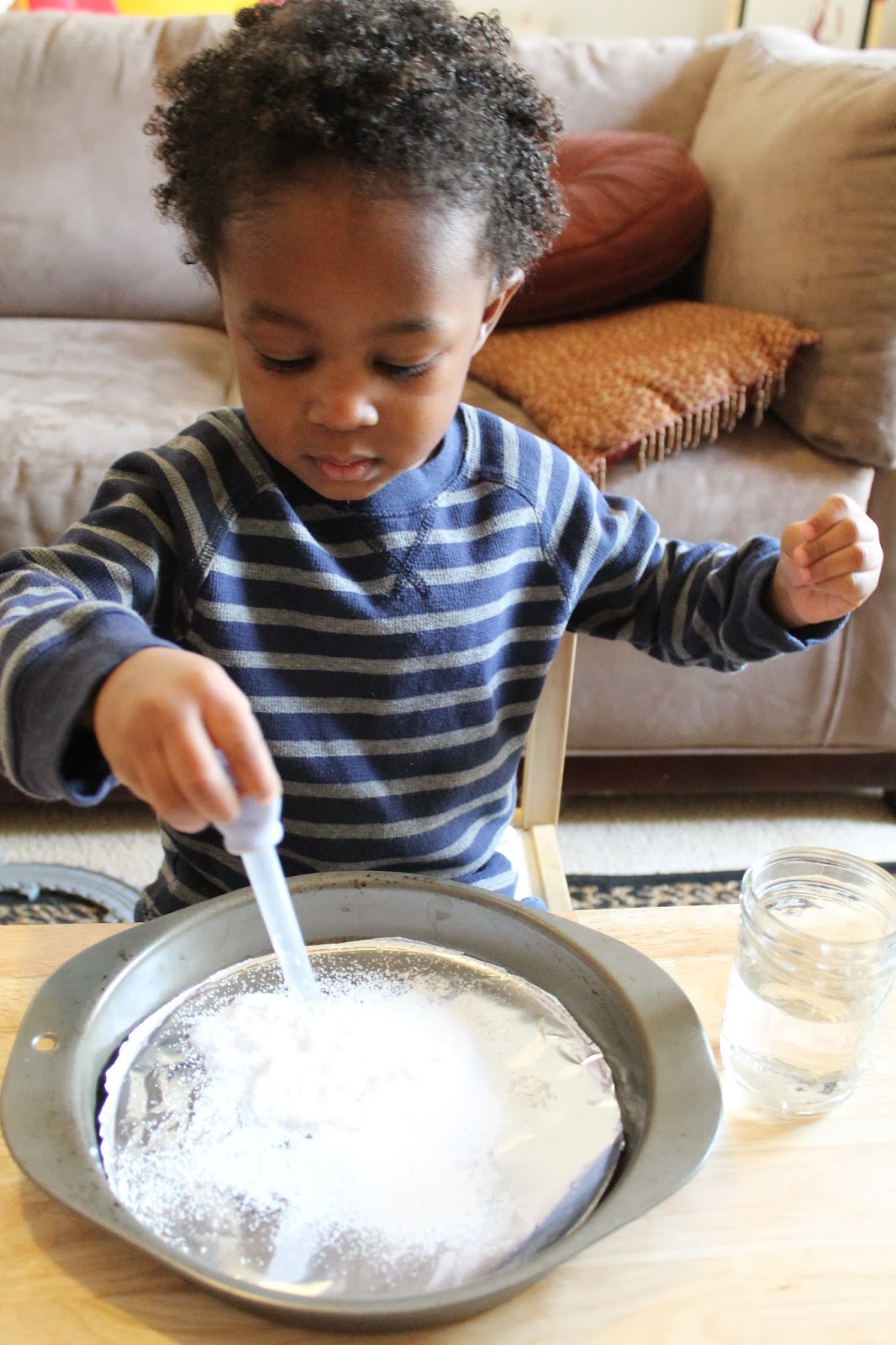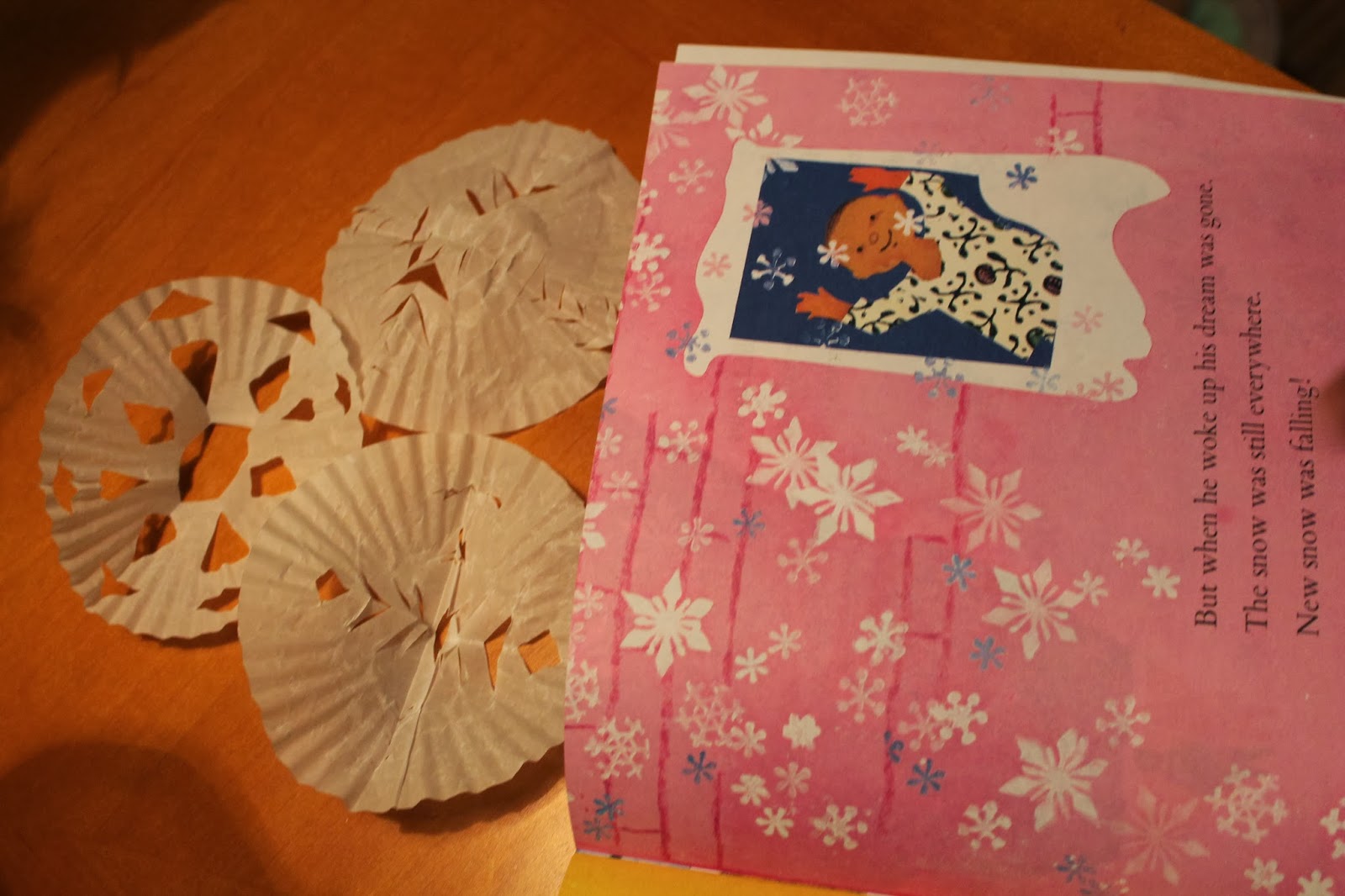I guess all of the books about snow days that Sean and I
have been reading over the past few weeks have awoken the snow gods because
Hotlanta got SNOW!!! It hasn’t snowed since the year Sean was born so the
excitement was unreal. We were home to catch the first snowflakes, watch the
soft fluffy flakes pile on top of leaves, and played for hours.
I love the connection that Sean was able to make from our
snow day and the story The Snowy Day. We made tracks in the snow, threw
snow balls, made snow angels, and built a small snowman just like Peter. In the
morning we woke up to snow still on the ground and he was so excited as he
noted that the sun hadn’t melted the snow yet like in his book.
When I was in
the classroom I noticed a huge discrepancy between my readers and nonreaders.
Those students who loved to read and had a tendency to be stronger readers had vast
background knowledge (also called prior knowledge) to topics we were studying because
they had been exposed to similar experiences outside of the classroom. These
experiences gave them a leg up over their peers who lacked exposure to a
variety of topics in vocabulary and comprehension. Because they already had prior knowledge they were able to dig deeper and be more inquisitive than those who spent their time just trying to get the basics of the topic. As a teacher I promised myself that when I had kids of my
own I would try my best to provide them with opportunities to explore their
surroundings, various people, and situations out of the 4 walls in a room. I
often use books, songs, and nature to help Sean build connections from what he
learns and experiences. This was a perfect ending to all of our stories on
winter days.
One of my favorite things about living in the southeast is
that we truly get to experience all 4 seasons and the splendor each one brings.
This was a magical time for both my babes.
Olivia didn’t quite enjoy wearing all the layers I stuffed
her in, but it was so cute to watch her explore how the snow felt on her
fingers and the taste of it on her tongue. She even braved sledding on daddy’s
make-shift box lid sled.
Tomorrow will probably be the last of our snow this season,
as the temperature will be rising so I plan on bringing a pan of snow in the house
for Sean to “paint” with food colored water and a medicine dropper. We will
also be making an Ezra Jack Keats inspired “Snowy Day” illustration of our own.
Sean will use crayons to draw a picture of his favorite snowy day activity
(with the help of mommy) and then he will use water color paints to wash over
his drawing.
If you and your little one would like to join us in our
snowy day activities checkout the author’s webpage for a free read aloud,
games, and activities for the book The Snowy Day by Ezra Jack Keats.





















































